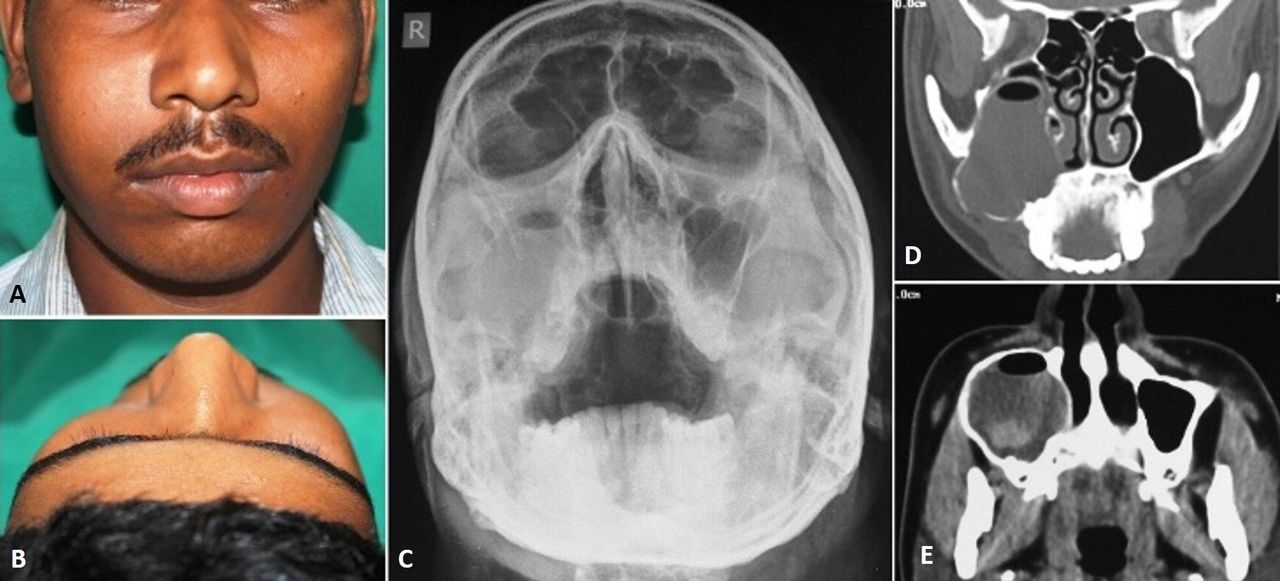
Gross WE, Gross CW, Becker D, Moore D, Phillips D. Minimally Invasive Surgery for Pott's Puffy Tumor: Is It Time for a Paradigm Shift in Managing a 250-Year-Old Problem?. The place of the osteoplastic flap in the endoscopic era: indications and pitfalls. Osteoplastic frontal sinus surgery with fat obliteration: technique and long-term results using magnetic resonance imaging in 82 operations. Frontal sinus "mega-trephination" in a tertiary rhinology practice. Geltzeiler M, Mowery A, Detwiller KY, Mace JC, Smith TL. Osteoplastic flap for frontal sinus obliteration in the era of image-guided endoscopic sinus surgery. 23 (3):342-7.Īnand VK, Hiltzik DH, Kacker A, Honrado C. Indications for external frontal sinus procedures for inflammatory sinus disease. Hahn S, Palmer JN, Purkey MT, Kennedy DW, Chiu AG. Balloon sinuplasty in acute frontal sinusitis. Management of Lateral Frontal Sinus Pathology in the Endoscopic Era. 196:13-9.Ĭonger BT Jr, Illing E, Bush B, Woodworth BA. Frontal sinus surgery: its evolution, present standard of care, and recommendations for current use. Imaging of rhinosinusitis and its complications: plain film, CT, and MRI. Use of computer-aided surgery for frontal sinus ventilation. Surgical management of pneumosinus dilatans frontalis in the setting of chronic rhinosinusitis and type III frontal Cell. Tabaee A, Kamat A, Shrivastava R, Buchbinder D. Endoscopic treatment of frontal sinusitis. Rhinosinusitis in children: a comparison of patients requiring surgery for acute complications versus chronic disease. Pott's puffy tumor in pediatric age group: a retrospective study. Parida PK, Surianarayanan G, Ganeshan S, Saxena SK. Intracranial complications of acute frontal sinusitis. Lang EE, Curran AJ, Patil N, Walsh RM, Rawluk D, Walsh MA. The prevalence of intracranial complications in pediatric frontal sinusitis. Hakim HE, Malik AC, Aronyk K, Ledi E, Bhargava R. Isolated AFrS is an important clinical entity, as it suggests a more pernicious type of obstruction of the frontal sinus drainage pathway and may be more liable to result in intracranial or orbital complications. When this symptom is accompanied by nasal congestion, maxillary pain or pressure, and mucopurulent nasal drainage, the frontal sinus is not likely to be involved in isolation. Patients with AFrS often present with dull or pressure-like pain localized to the frontal, supraorbital, or interorbital regions.

Previous middle turbinate resection can also lead to stenosis of the frontal sinus ostium secondary to soft-tissue scarring or residual bony fragments.

These include large concha bullosa, a laterally rotated uncinate process that contacts the middle turbinate, and, conversely, a medially convex middle turbinate that contacts the lateral nasal wall. In addition, there are a number of anatomic variants that lead to obstruction of the nasofrontal outflow tract.


 0 kommentar(er)
0 kommentar(er)
